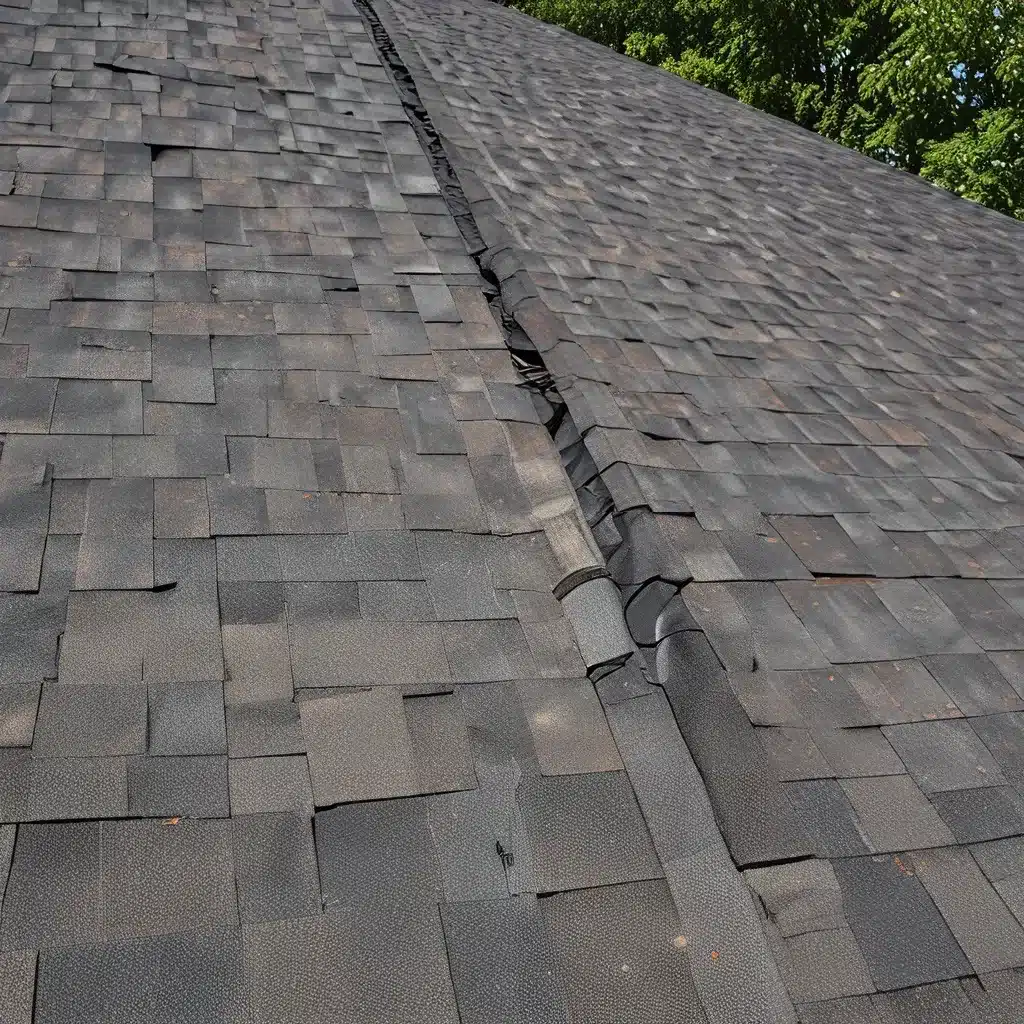
As a homeowner, the roof over your head is perhaps the most critical component of your property. It shields you from the elements, safeguards your belongings, and plays a vital role in the overall value and curb appeal of your home. When it comes to protecting this significant investment, understanding the intricacies of a residential roof warranty is paramount.
Navigating the Warranty Maze
Picture this: You’ve just had a new roof installed, and you’re eager to enjoy the peace of mind that comes with a fresh, high-quality roofing system. But what happens if something goes wrong down the line? That’s where the roof warranty steps in as your financial safety net.
Roof warranties can be a complex and often misunderstood aspect of home ownership. They come in various forms, each with its own nuances and coverage limitations. Let’s dive deeper into the world of roof warranties and uncover the key considerations that will empower you to make informed decisions.
Manufacturer’s Warranty: Protecting the Materials
The manufacturer’s warranty is perhaps the most well-known type of roof warranty. This coverage focuses on the roofing materials themselves, promising to repair or replace any defective shingles, tiles, or other components due to manufacturing flaws.
Best Roofing explains that while the manufacturer’s warranty is essential, it’s crucial to understand its limitations. “This warranty typically does not cover labor costs,” they caution. “So, even if the materials are replaced, you may still be responsible for the associated installation expenses.”
Contractor’s Workmanship Warranty: Ensuring Quality Installation
Complementing the manufacturer’s warranty is the contractor’s workmanship warranty. This coverage reflects the roofing contractor’s confidence in their own work, promising to rectify any issues caused by poor installation or craftsmanship.
Roof Crafters emphasizes the importance of this warranty, stating, “A quality roofing installation is vital for the longevity of your roof, making this warranty just as important as the manufacturer’s warranty.”
Extended Warranties: Upgrading Your Protection
Some manufacturers and contractors offer extended warranty options, which may provide even more comprehensive coverage. These warranties often include both materials and labor for a more extended period, typically requiring the installation to be performed by certified professionals.
“Investing in a roof with a solid warranty offers peace of mind,” notes Colorado Roofing. “It reflects the manufacturers and installers’ confidence in their product and workmanship quality.”
Navigating the Fine Print
While warranties may seem straightforward, it’s crucial to read the fine print and understand the nuances of coverage. Some warranties may have exclusions, such as damage caused by natural disasters or improper maintenance. Others may require regular inspections or specific maintenance protocols to remain valid.
“Always read the fine print and ask questions to fully understand your roof warranty’s scope and coverage,” advises the experts at Southern Roofing Company. “A roof warranty is more than just a piece of paper; it’s a crucial component of your roofing investment.”
Putting It All Together
Navigating the world of roof warranties can be a daunting task, but it’s well worth the effort. By understanding the different types of coverage, their limitations, and the importance of reading the fine print, you can make informed decisions that protect your home and your financial investment.
Remember, a roof warranty is not just a formality – it’s a reflection of the manufacturer’s and contractor’s confidence in their products and workmanship. Embrace it as a key factor in your roofing decisions, and you’ll be well on your way to enjoying a durable, long-lasting roof that keeps your home secure for years to come.
So, the next time you’re in the market for a new roof or considering a replacement, don’t forget to factor in the warranty considerations. It could just be the difference between a stress-free roofing experience and a costly headache down the line.